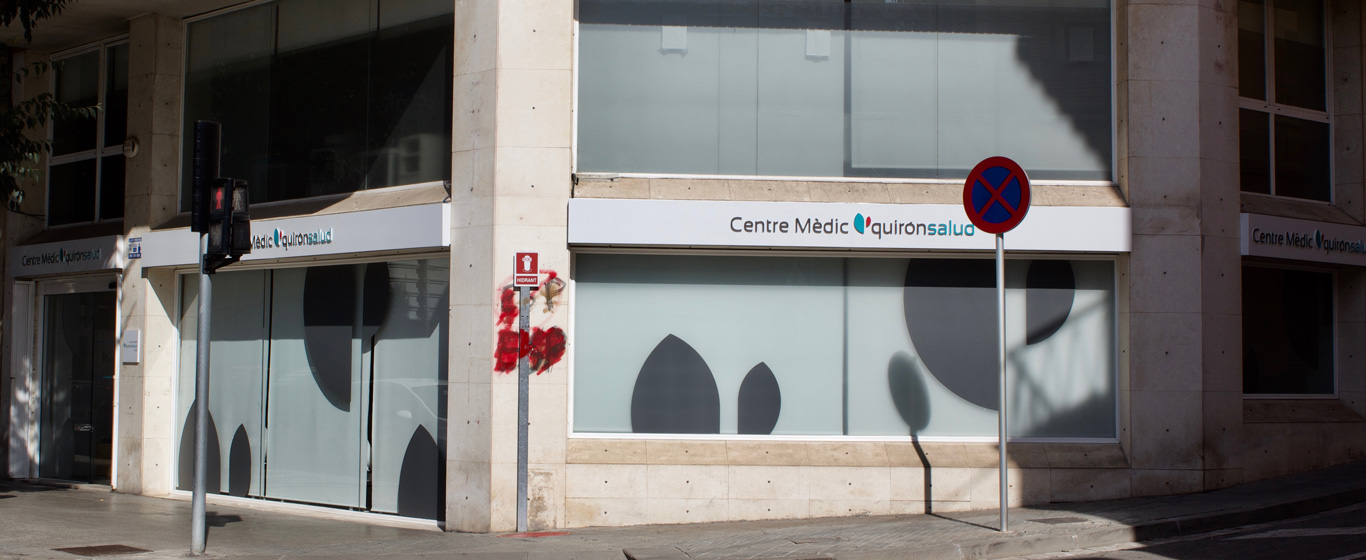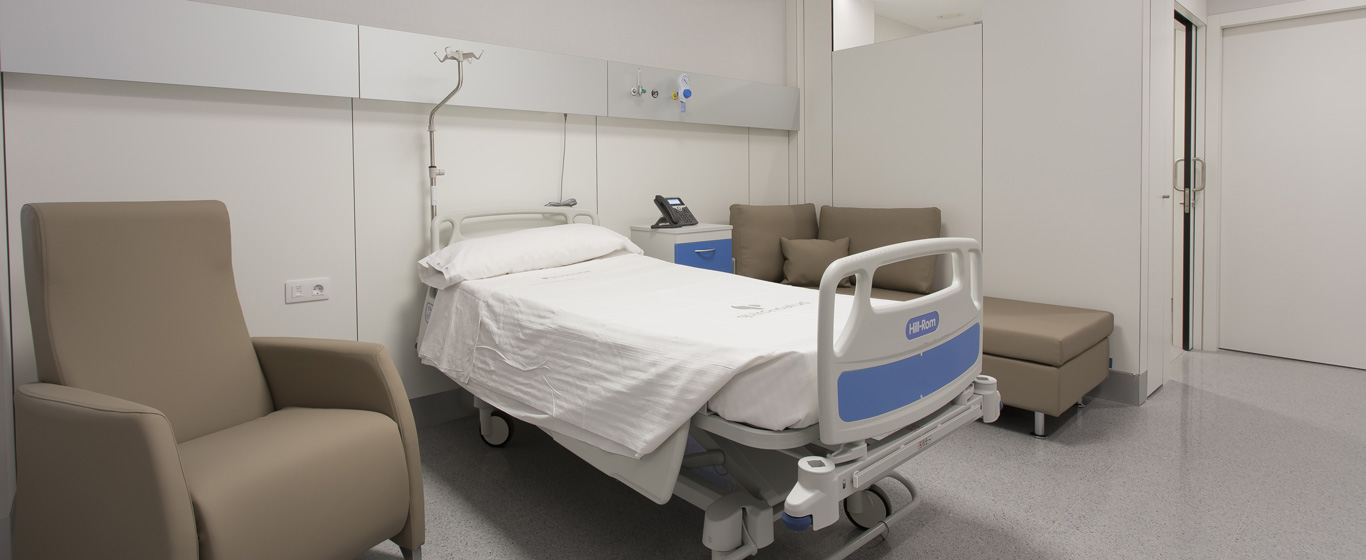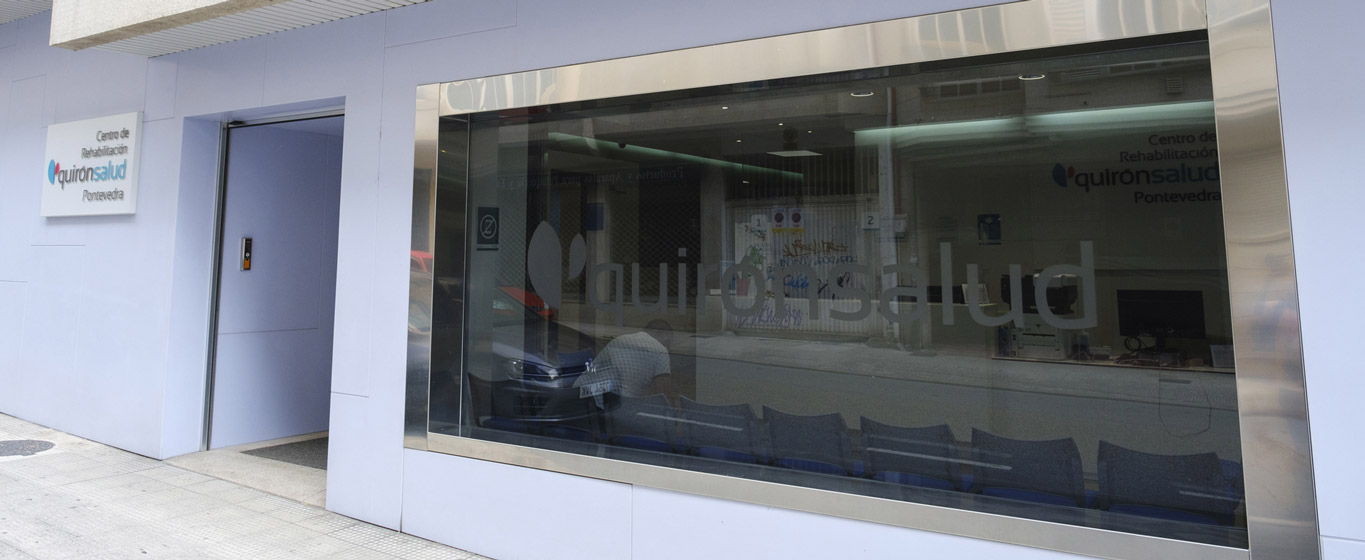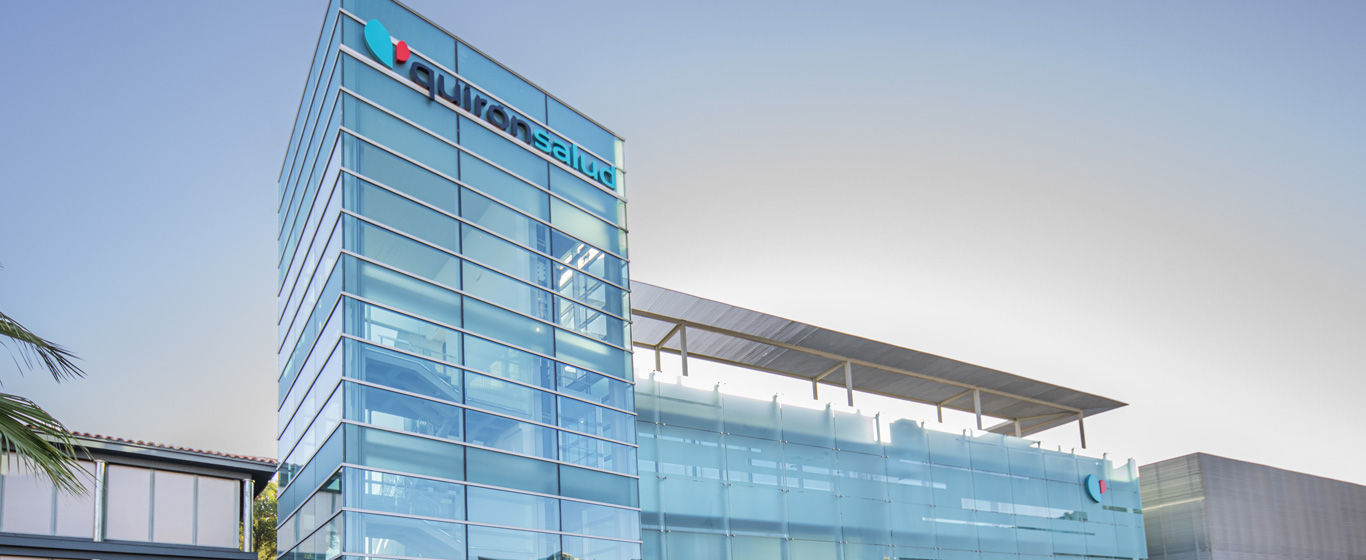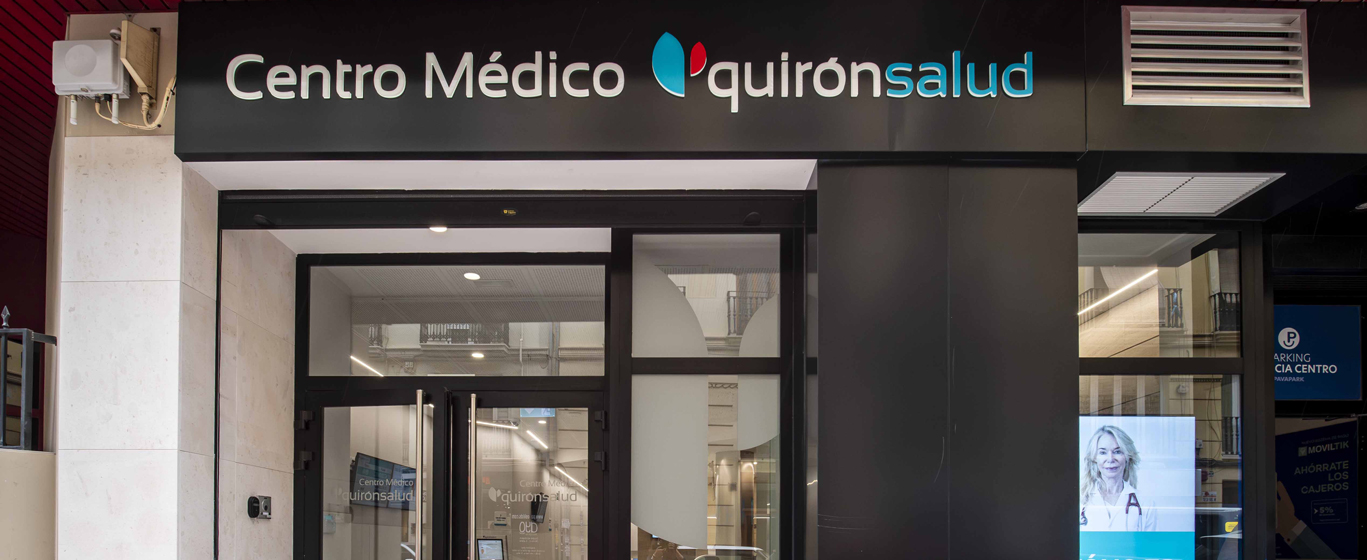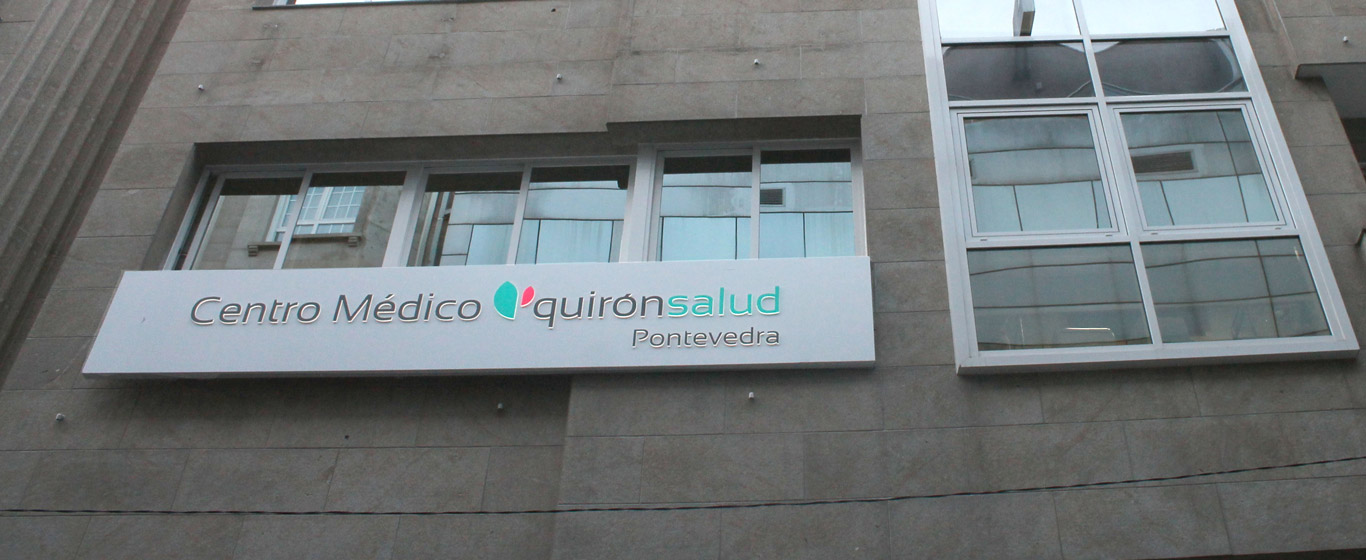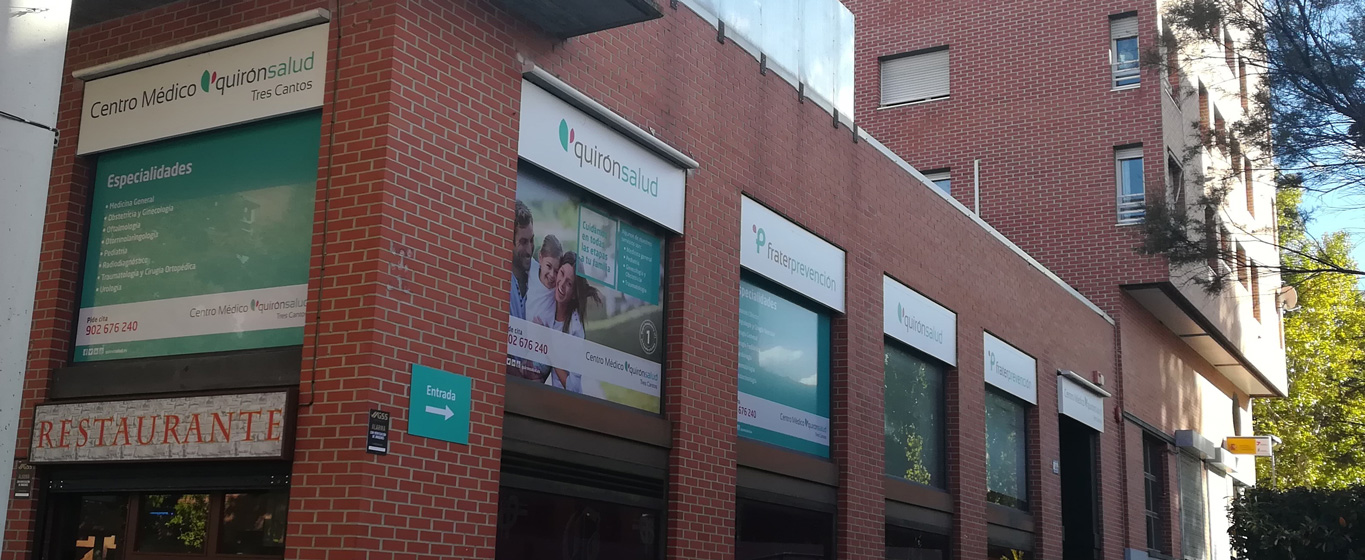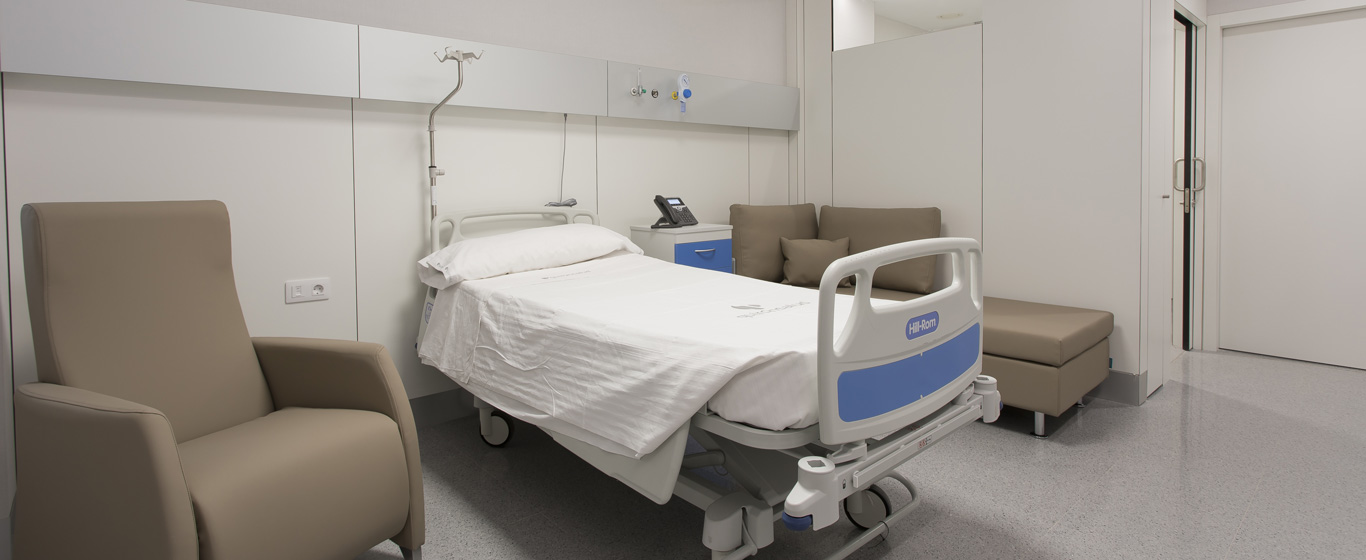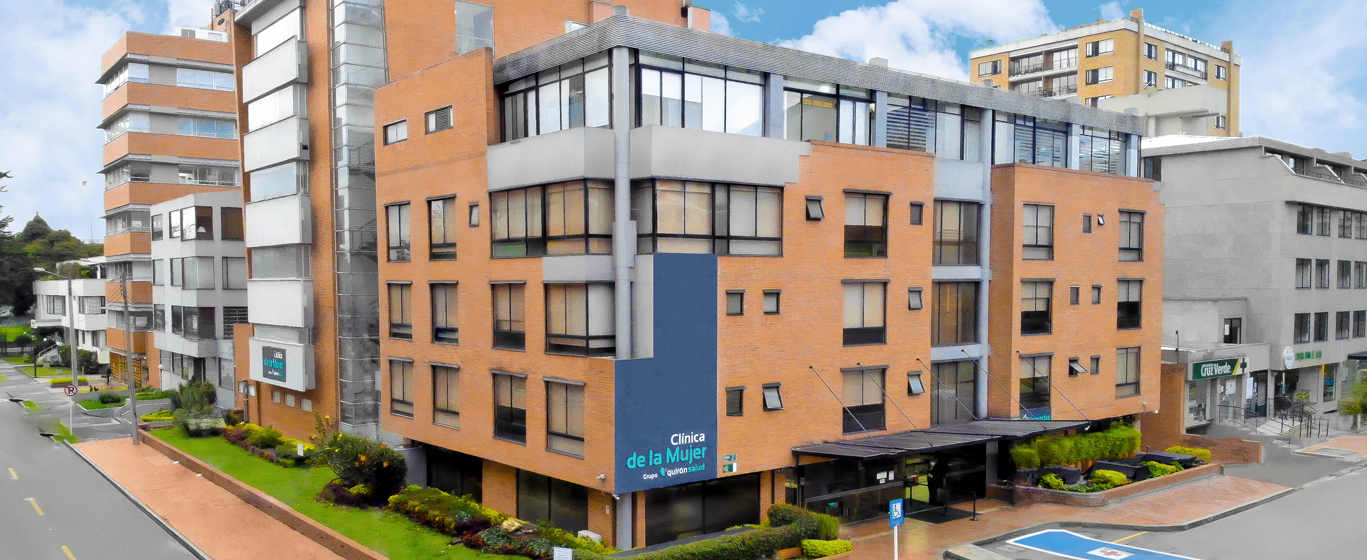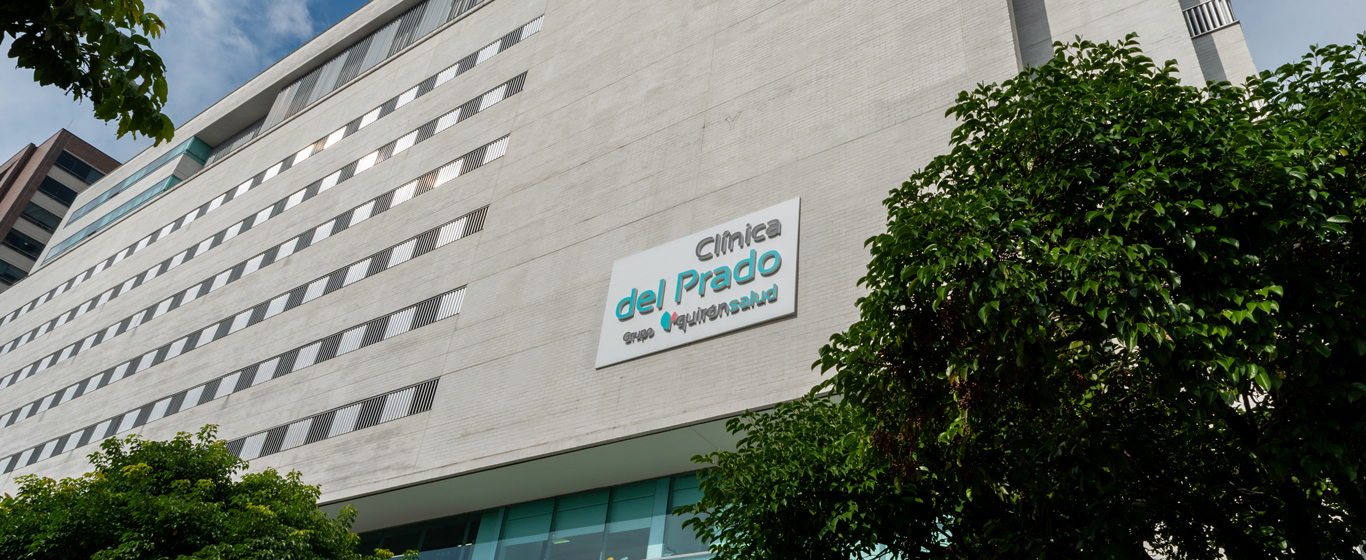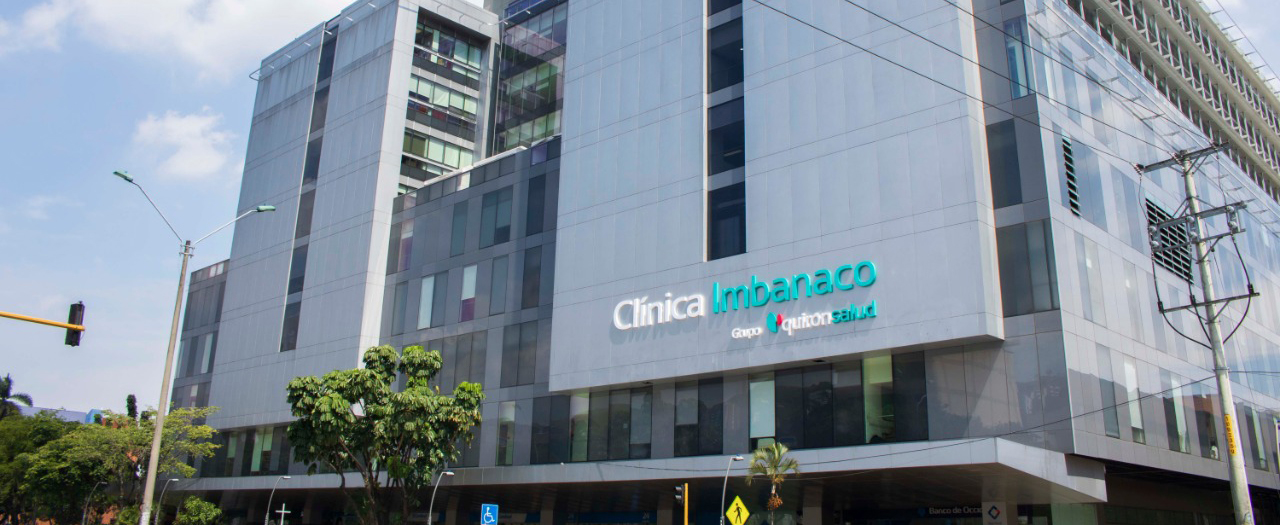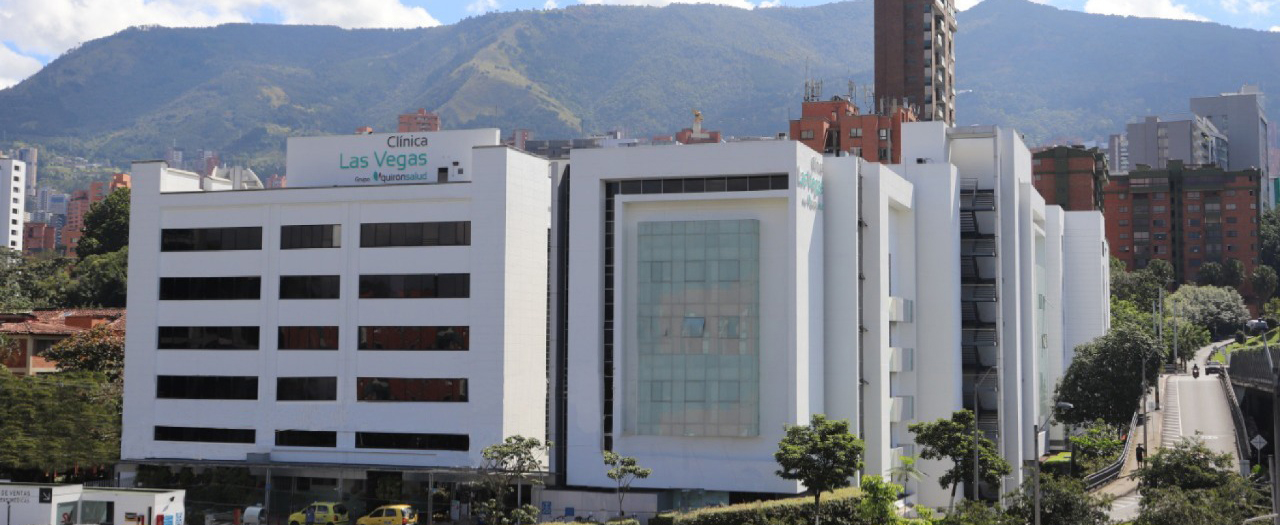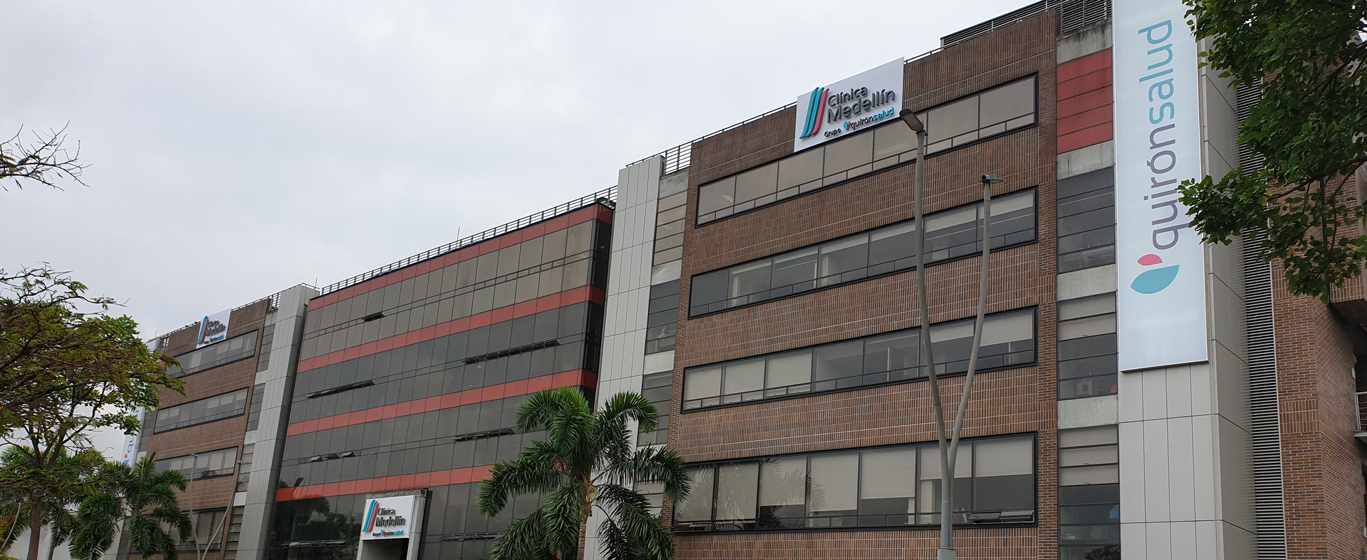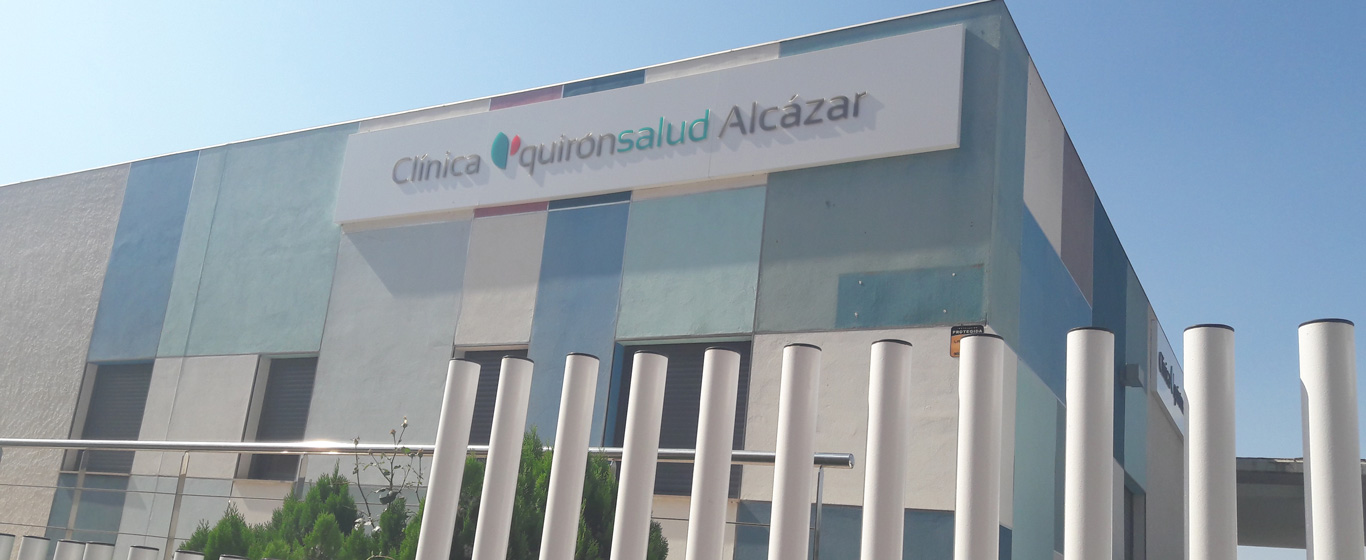Intestinal Obstruction
Why does an intestinal obstruction occur? All the information about the causes, symptoms, and treatments of this disorder.
Symptoms and Causes
An intestinal obstruction is a blockage in the intestine that prevents the normal passage of food, gastric acids, gases, liquids, and stool, causing them to accumulate. The obstruction can occur in any segment of the intestine, both in the small and large intestine, and it can be partial or complete. The segment of the intestine above the obstruction continues functioning normally and expands and inflames as the content accumulates.
However, it is important to distinguish paralytic ileus, also known as pseudobstruction, where the intestine does not function properly without a mechanical problem.
Symptoms
Common symptoms of intestinal obstruction include:
- Intense abdominal pain: initially intermittent, then it becomes continuous.
- Abdominal bloating.
- Loss of appetite.
- Nausea and vomiting.
- Diarrhea, if the obstruction is partial.
- Inability to defecate or pass gas, if the obstruction is complete.
Causes
The causes of intestinal obstruction can vary depending on the patient's age and the affected part of the intestine:
Intestinal obstruction in adults:
- Adhesions or bands: bands of scar tissue formed in the intestine after abdominal surgery.
- Abdominal hernias: the intestine protrudes through an opening in the abdominal wall and becomes trapped.
- Tumors.
- Gallstones.
- A mass of undigested food.
- Diverticulitis: inflammation or infection of the pouches in the wall of the large intestine, called diverticula.
- Fecal impaction: a hard mass of stool that blocks the large intestine.
Intestinal obstruction in infants and young children:
- Congenital malformation.
- Meconium plug syndrome: the large intestine becomes blocked by meconium, the first stool of a newborn, when it is too thick or tar-like.
- Volvulus: twisting of a loop of intestine.
- Intestinal atresia: narrowing of a part of the intestine.
- Intussusception: one segment of the intestine invaginates into another.
Risk Factors
The likelihood of developing an intestinal obstruction increases in the following cases:
- Abdominal cancer.
- Crohn's disease and other inflammatory bowel diseases: inflammation of the intestine causes it to narrow.
- Previous abdominal or pelvic surgeries.
Complications
Intestinal obstruction can complicate and lead to:
- Intestinal strangulation: when the obstruction is due to a hernia, volvulus, or intussusception. As a result, blood flow is interrupted, and the intestinal wall dies. This can lead to perforation and subsequent peritonitis.
- Peritonitis: if the obstruction is untreated, as solids, liquids, and gases continue to accumulate, the pressure in the intestine may increase, eventually causing a perforation in the intestinal wall, releasing its contents into the abdominal cavity and causing inflammation and infection of the peritoneum.
- Septic shock: if peritonitis is not treated in time, it can lead to a state of prolonged hypotension, potentially fatal.
Prevention
Measures can be taken to improve digestive health and reduce the risk of intestinal obstructions:
- Eat smaller portions more frequently.
- Chew well.
- Increase fiber intake.
- Avoid caffeine.
- Avoid hard or sticky foods.
- Cook food until softened.
- Stay hydrated.
- Reduce alcohol consumption.
- Avoid tobacco.
- Engage in moderate exercise regularly.
- Use laxatives or stool softeners in case of constipation.
Which doctor treats intestinal obstruction?
Intestinal obstruction is diagnosed and treated in the digestive medicine and surgery department.
Diagnosis
If intestinal obstruction is suspected, the following tests can be performed:
- Physical exam: the presence of abdominal bloating, lumps, or tenderness is assessed. Intestinal sounds are also listened for, which may be amplified or absent if there is an obstruction.
- Abdominal X-ray: X-ray images show dilated loops of intestine at the site of the obstruction. Air around the intestine may also be detected, indicating perforation.
- Computed tomography (CT): detailed and high-resolution images are obtained, identifying the exact location and cause of the obstruction.
Treatment
In the case of intestinal obstruction, the person is immediately hospitalized. Different treatments are applied, depending on the cause of the obstruction:
- Fasting and administration of fluids and electrolytes intravenously to keep the person hydrated while limiting the intake of solids and liquids.
- Nasogastric tube: a tube is inserted through the nose into the intestine, and suction is applied to aspirate the accumulated material above the obstruction.
- Therapeutic enema: if the cause of the obstruction is the accumulation of stool, saline solution is introduced through the rectum to relieve the retention of feces.
- Surgery: applied when conservative treatment is insufficient, the obstruction is complete, or strangulation occurs.






